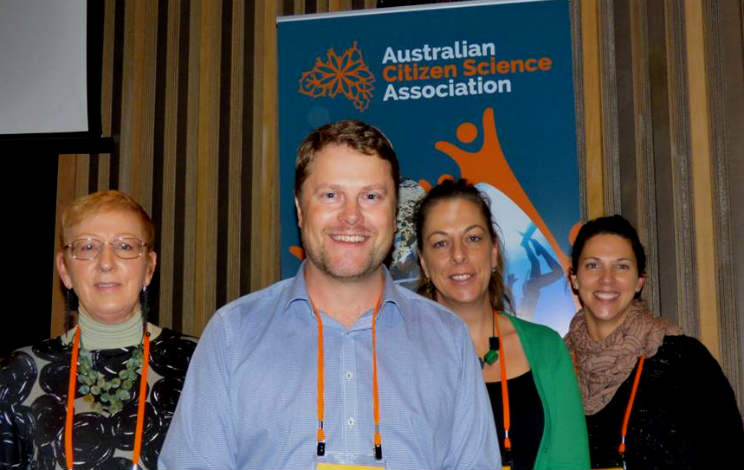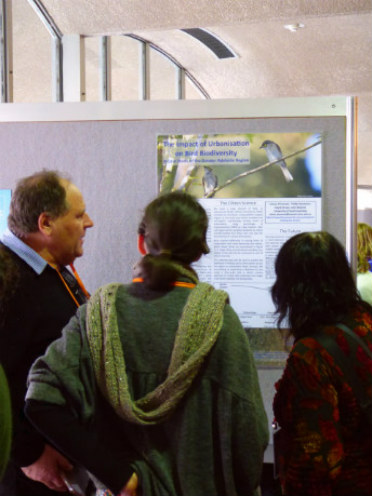
Australia’s first national citizen science conference has been held in Canberra. Maximising the capacity of citizen science for science and society: a Fenner conference on the environment explored building the practice of citizen science, with the goal of enhancing the capacity of Australian practitioners to deliver successful citizen science programs.

Featuring Rick Bonney and Jennifer Shirk of the Cornell Lab of Ornithology, the program drew around 200 delegates from Australia, Europe, the US and South-East Asia.The conference highlighted the diversity of important citizen science projects already contributing to science in Australia, from astronomy observations made from a home computer to water quality monitoring and plant and animal watching.
Parallel sessions demonstrated high-level interest in developing the capacity to undertake citizen science in Australia. Australia’s Chief Scientist, Professor Ian Chubb, set the energetic tone with the announcement of the Occasional Paper Building Australia through citizen science, while the Australian Citizen Science Association held its first Annual General Meeting. Post-conference workshops saw groups and individuals discussing issues including BioBlitzes, the usability of technology, and the influence of citizen science on policy.
The Academy’s Fenner conference funding helps bring together those with relevant scientific, administrative and policy expertise to consider current environmental and conservation problems in Australia, thereby contributing to the formation of policies that can alleviate some of these problems.
© 2025 Australian Academy of Science